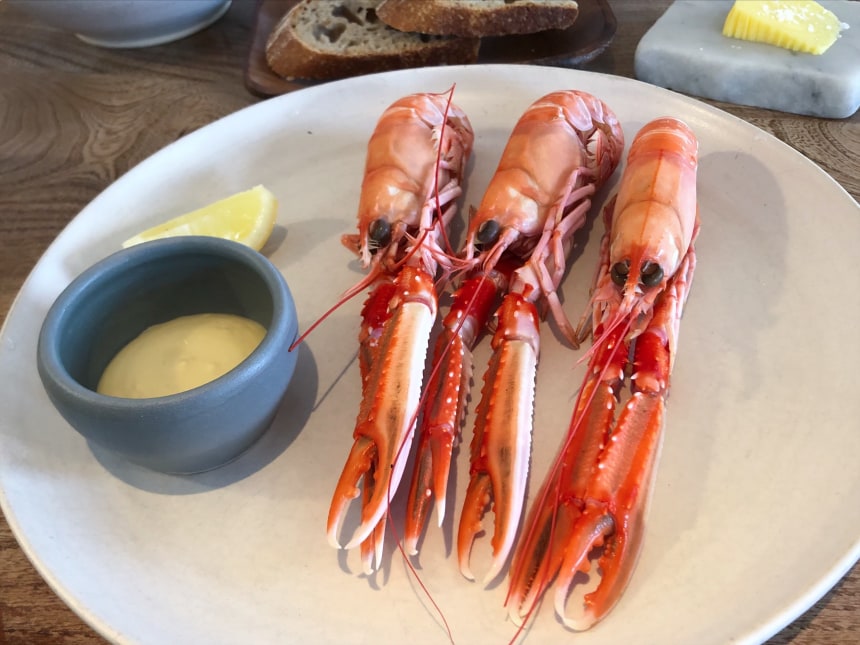| 9 mins read
Erin Skahan
Scotland's cuisine is not one of its most prominent cultural exports. Rather, this is a country that has been identified through cinematic images of stocky warriors in kilts, playing the bagpipes through rain-soaked green hills. Whether it be the kilt-wearing, the whisky drinking or the still regular consumption of the uniquely Scottish staple haggis, adherence and respect to centuries-old traditions remain strong. Thus, it’s easy to find traditional foods all over Scotland. It’s a place that has been influenced, but not overtaken by, modern culinary trends, which can often absorb traditional recipes, depriving a culture of its uniqueness. Thankfully, culinary tradition is alive and thriving, with an overwhelming array of opportunities for visitors to taste both traditional and modern Scottish fare.
With tourism deservedly on the rise in this beautiful island-rich nation, there are many excellent tour guides available to help you find your way amongst the top-rated restaurants. A truly unique experience awaits as you head west of Glasgow, to the Isle of Argyll and Bute. In the quiet lochside village of Cairndow, nestled in the shadows of the Old Castle Lochlan, there hides a tiny culinary gem.
A modest white building is a home to Inver, rated one of the top 100 restaurants in the UK. This farm and sea to table restaurant has a notable Scandinavian influence, but is uniquely, rurally, Scottish. As you enter, the warmth of a fireplace welcomes you to a cosy seat on comfortable couches, overlaid with fluffy white sheepskins. Of the Faviken and Noma ilk, the modern and minimalist decor also represents what you’ll find in the food: simplicity and elegance. Flavours are clean and fresh, sourced locally with attention to every detail.
Seafood is abundant, with Scottish waters providing an estimated 70% of the UK’s total catch. Surprisingly, archaeological evidence indicates that early inhabitants subsisted on diets mostly of land animals, such as wild boar, and foraged fruits and vegetables. It wasn’t until Vikings arrived, around the year 700, that waters brimming with herring fueled the creation of a successful fishing economy. Prior to the Scottish Reformation in 1560, the adherence to the Catholic faith required meat-free periods, which further supported the sea-based economy. Thus, the popularity of seafood in Scotland today is largely due to invasion and religious influence, not necessarily the will of the early inhabitants.
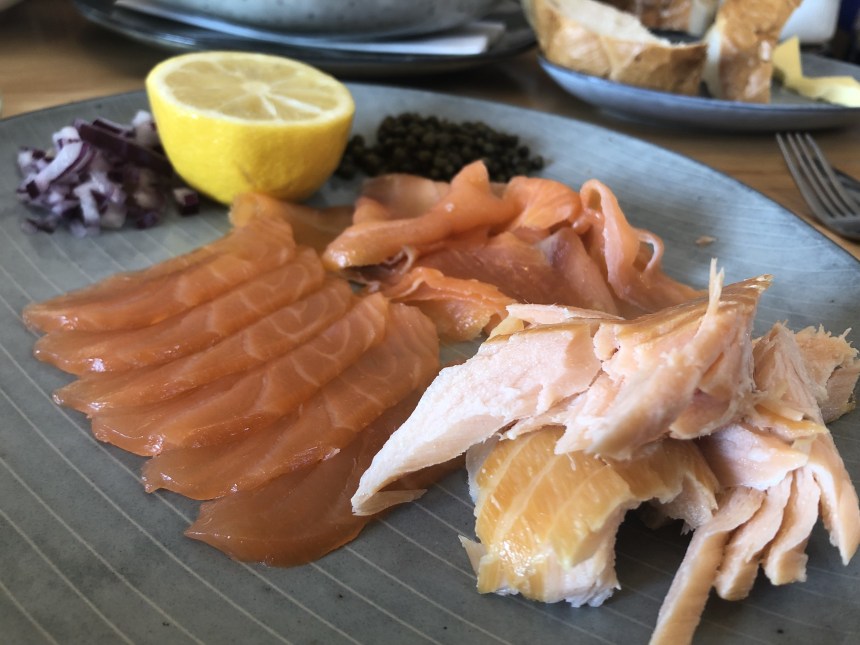
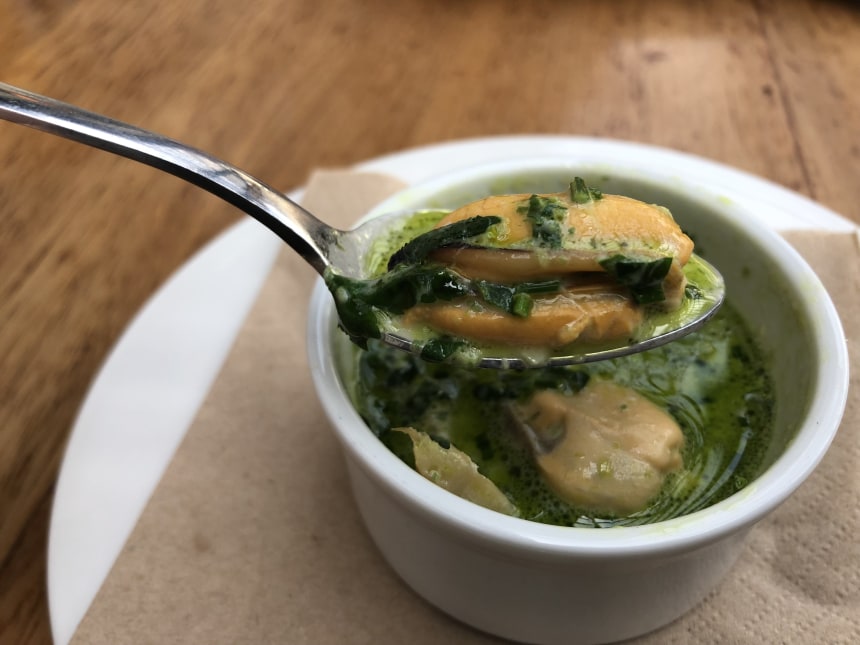
Smoking foods over a fire is very common in the Scottish tradition. The smoking process is thought to have first been brought over by the Vikings, and this influence is prevalent in both historic and modern food preparation from meat to fish.
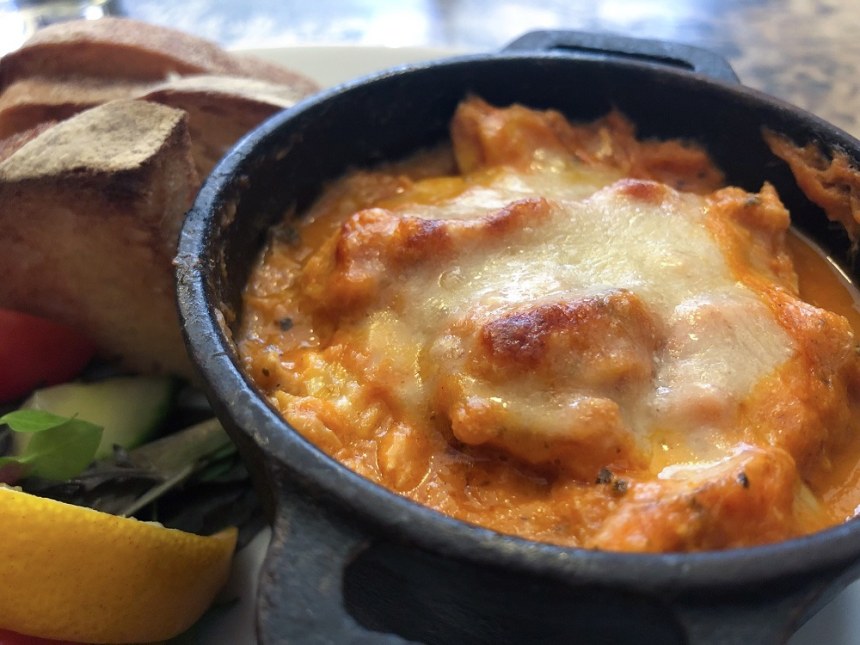
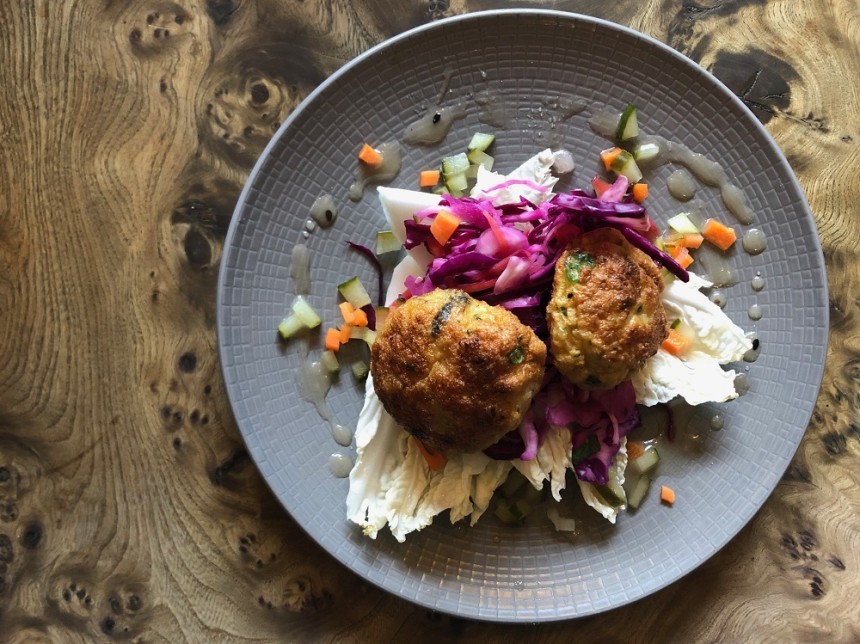
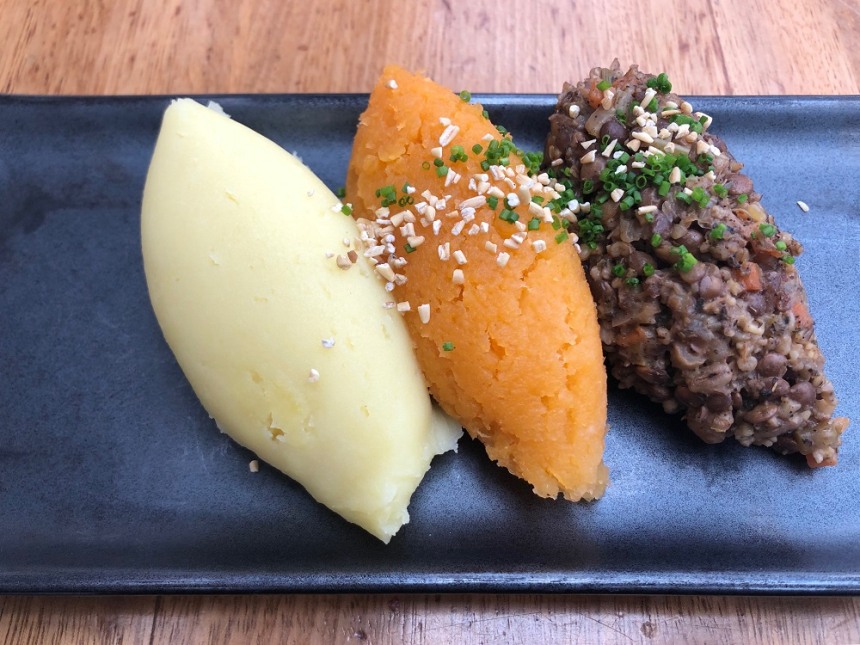
The Aberdeen Angus is the beef cattle of choice throughout Scotland, and much of the world agrees. Thought to be the descendant of a small breed of a cow of Scandinavian origin, this beef is notable for its natural, clean flavour resulting from a grass-fed, non-antibiotic diet. Beef from Scotland accounts for over a quarter of the beef produced throughout the UK.
Oats have played a very important role in Scottish food historically. Easily cultivated, highly versatile and inexpensive, they were widely eaten in Scotland. They work for dishes both sweet and savoury, as a filler in dishes like haggis, or on their own with a bit of milk. Today, oatcakes and oat porridge are still common breakfast foods, the oatcake being fairly synonymous with Scottish food.
Book a food tour in Scotland, especially in cities like Glasgow and Edinburgh, and you will be introduced to some of the more modern inductees of Scottish food culture. The first will undoubtedly be rather outlandish fried foods. This trend began in the early 1990s in a fast-food chippie in Aberdeen. The shop owner froze and then deep-fried a Mars brand candy bar, which quickly became a favourite after-school indulgence for children. The media got wind of the indulgent creation, sparking a trend. Due to the popularity of this phenomenon, chip shops began to deep fry even more outrageous things. Today, you can find deep-fried pizza slices called pizza crunch, and even hamburgers, battered and deep-fried. These are popular and tempting choices for people on late nights out after the pubs close.

A proper Scottish food tour wouldn’t be complete without sampling the nation’s favourite soft drink since 1901, Irn Bru. This bright orange, sweetly tart carbonated beverage proudly outsells Coca-Cola and has become part of the national identity.
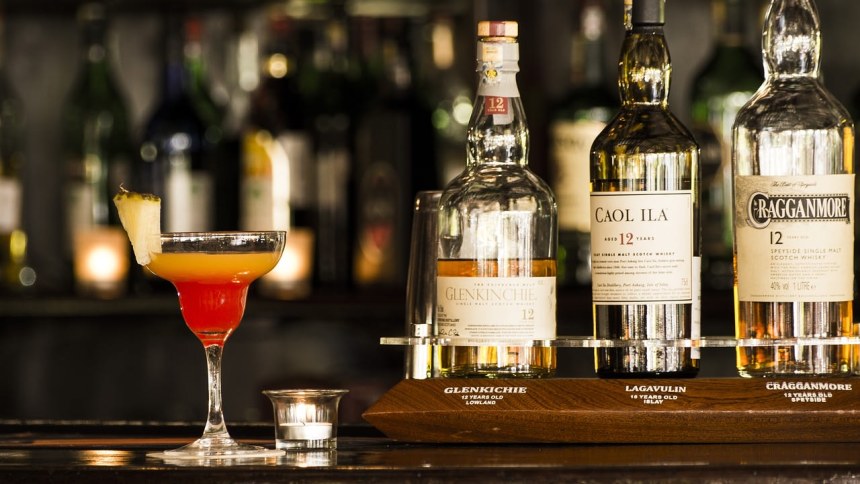
Heather Ale is a must-try, as it’s been brewed in Scotland since 2000 BC. Potentially the oldest known beer in the world, the craft production has enjoyed a renaissance among brewers and beer enthusiasts. Fraoch is a version to sample produced by Williams Brothers, located just north of Glasgow. When you visit, ask for a bottle of Leann Fraoch, wash down your haggis, and embrace the flavours of the hearty but simple mainstays of Scottish cuisine.
"Erin is an experienced solo traveler, interested in how food shapes culture. She cooks and writes her way through cities and villages, primarily focusing on Western Europe."
Image details and licenses:
{Photos of Inver Fish, Inver, Langoustines, Smoked Salmon, Cullen Skink, Smoked Haddock, Fish Cakes Haggis by Erin Skahan; all rights reserved}



